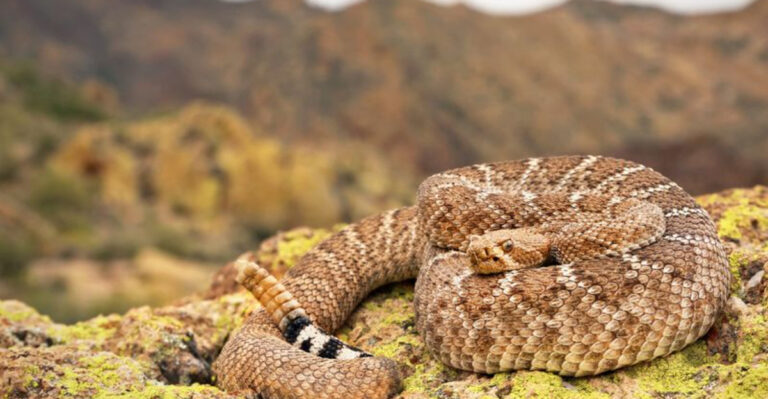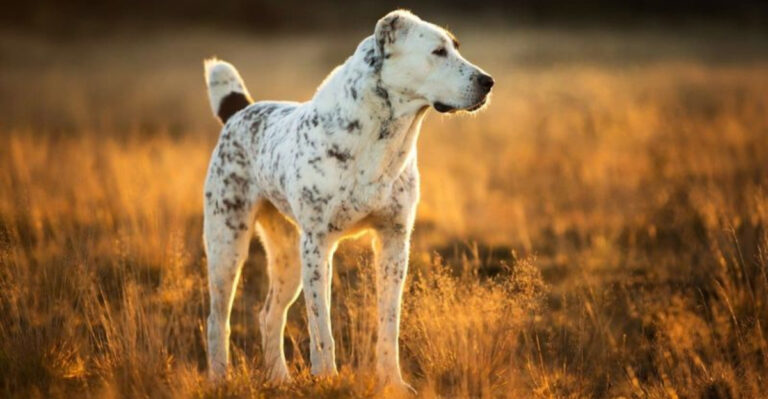How Scientists Responded To The First Dinosaur Descriptions
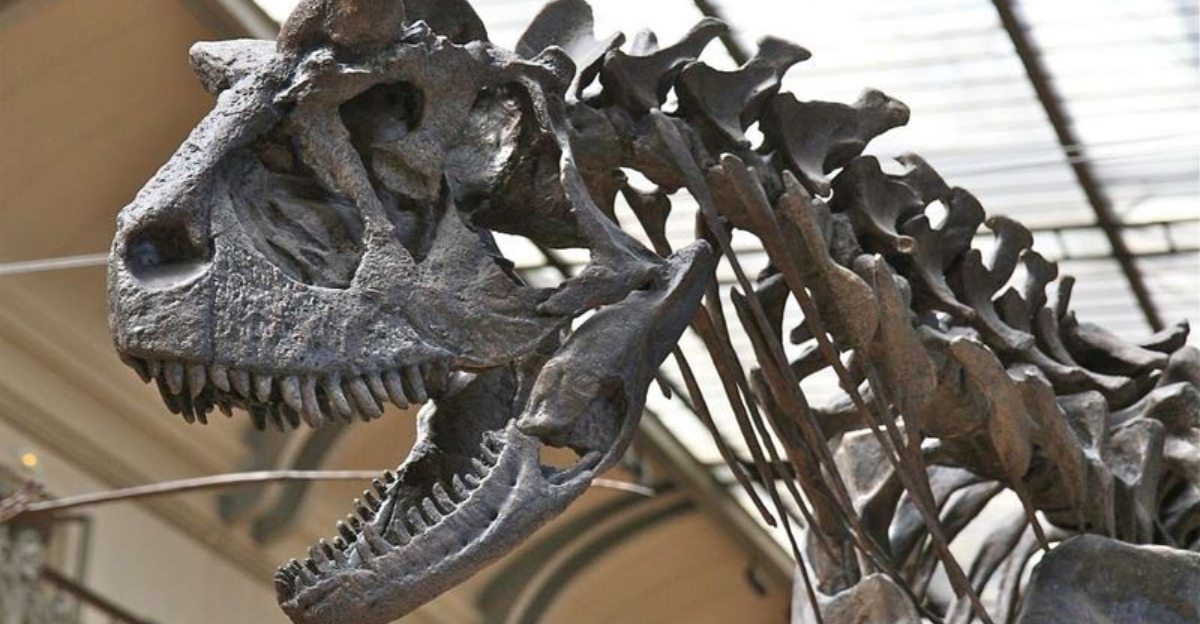
When the first dinosaur fossils were scientifically described in the early 19th century, the scientific community experienced a seismic shift in understanding.
These mysterious giant bones challenged everything scholars thought they knew about Earth’s history and the development of life. The reactions ranged from outright dismissal to religious crisis, forever changing how we view our planet’s past.
1. Shock And Skepticism
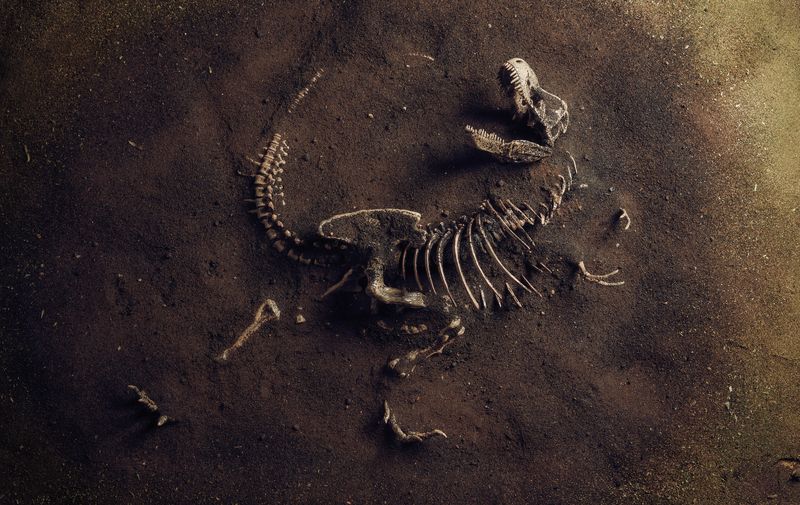
Jaws dropped when the first dinosaur bones emerged from the earth. Many respected scientists simply couldn’t believe what they were seeing, dismissing the remains as malformed elephants or rhinoceroses.
Others suggested they belonged to giants mentioned in ancient texts or biblical stories. The idea of entirely unknown creatures that had disappeared completely from Earth seemed too fantastical for many 19th-century minds to accept.
2. Excitement Over A New Era Of Discovery
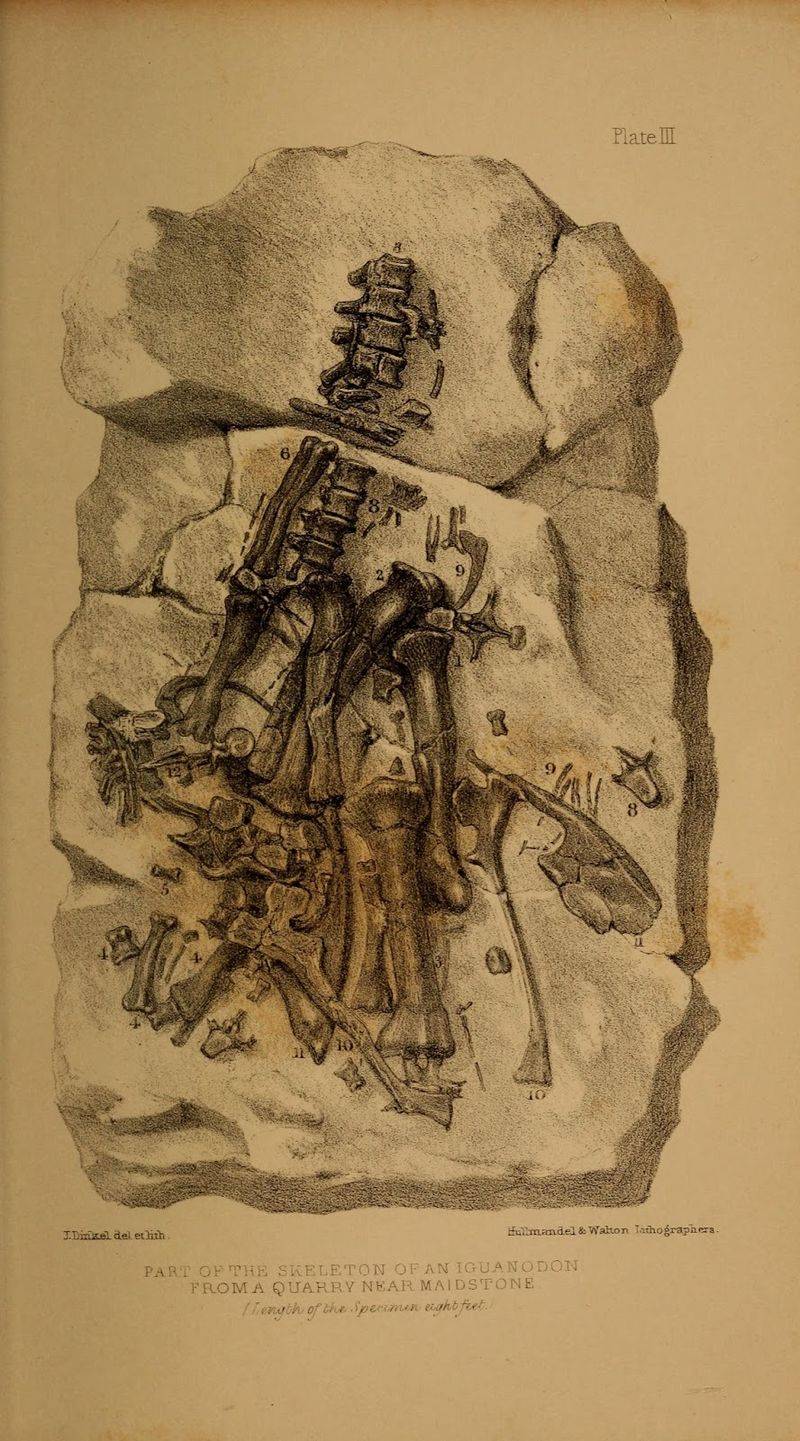
Gideon Mantell nearly fainted when he realized the tooth his wife found belonged to no known creature. His enthusiasm sparked a scientific revolution as researchers scrambled to unearth more evidence of these prehistoric beasts.
Museums began organizing expeditions specifically to find dinosaur remains. The scientific journals of the time buzzed with passionate articles describing these new discoveries, creating an atmosphere of adventure and breakthrough that energized the entire scientific community.
3. Debates On Classification
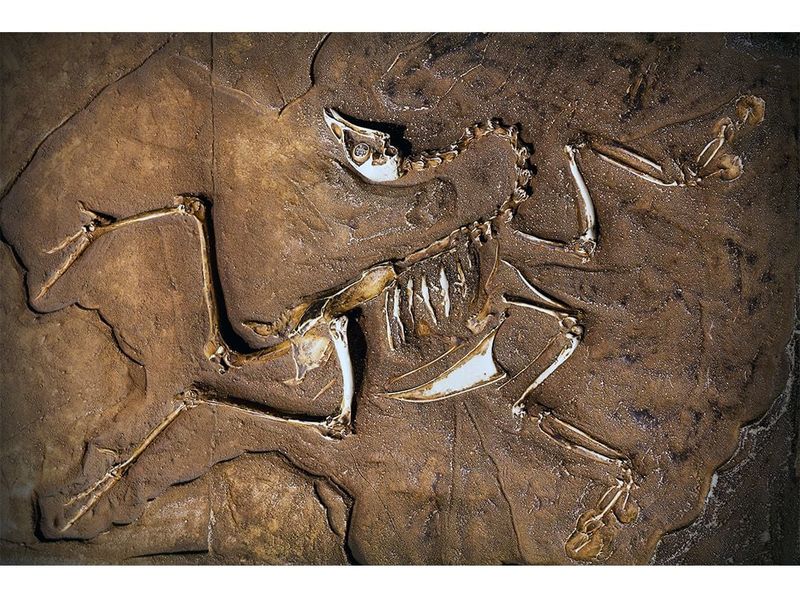
Richard Owen coined the term “Dinosauria” in 1842, but fierce arguments erupted about where these creatures fit in the natural order. Were they reptiles? A completely new class of animals?
Scientific meetings transformed into battlegrounds as naturalists passionately defended their classification theories. Some insisted dinosaurs were cold-blooded like modern reptiles, while others pointed to their upright posture as evidence of a more advanced metabolism. These debates fundamentally reshaped taxonomy.
4. The “Fossil Wars” Of The 19th Century
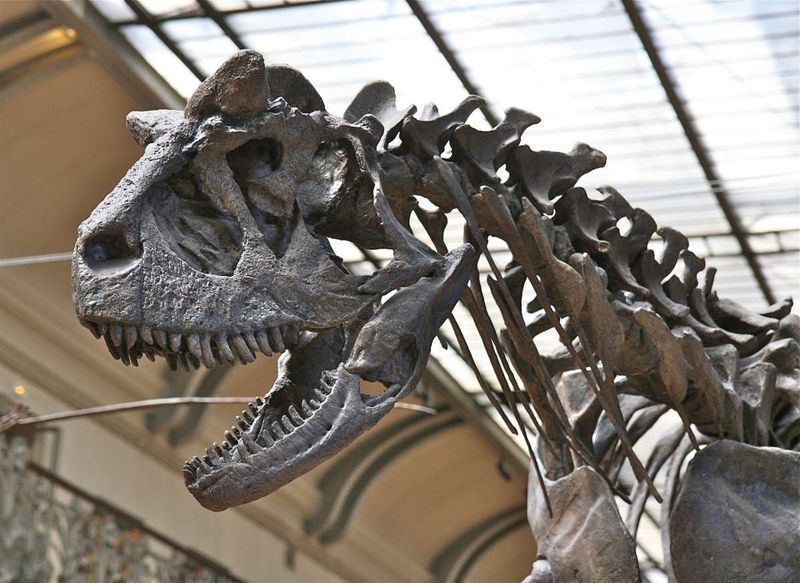
Blood feuds erupted between rival paleontologists Othniel Charles Marsh and Edward Drinker Cope. Their bitter competition led to sabotage, theft, and even the destruction of fossil sites to prevent the other from making discoveries.
Yet this ruthless rivalry produced astonishing results. Between them, they named over 130 new dinosaur species. Their teams dynamited hillsides, bribed workers, and published hasty papers, all in a desperate race to scientific immortality.
5. Questions About Evolution
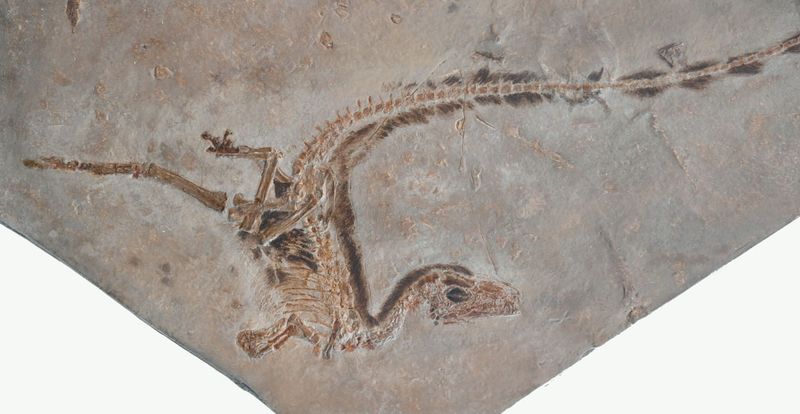
Charles Darwin published “On the Origin of Species” just as dinosaur discoveries were accelerating. Suddenly, extinct giant reptiles offered compelling evidence for his controversial theory.
Darwin himself was fascinated by dinosaur fossils. In private letters, he noted how they demonstrated the principle of species change over time. Many scientists who had rejected evolution found themselves reconsidering as dinosaur family trees revealed clear patterns of adaptation and specialization through geological time.
6. Fear Of Giant Creatures
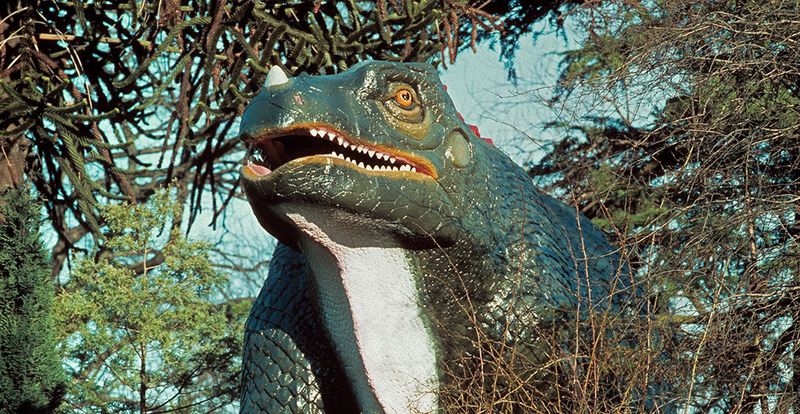
Victorian nightmares were filled with monstrous dinosaurs after the first life-sized models debuted. The Crystal Palace dinosaurs in London terrified and thrilled visitors who had never imagined such enormous predators.
Newspaper illustrations depicted dinosaurs as fearsome dragons. Scientific lectures on these extinct beasts often played up their terrifying aspects. The public’s imagination ran wild with visions of thundering monsters that once dominated our planet, creating a cultural fascination with prehistoric terror.
7. A New Perspective On Extinction
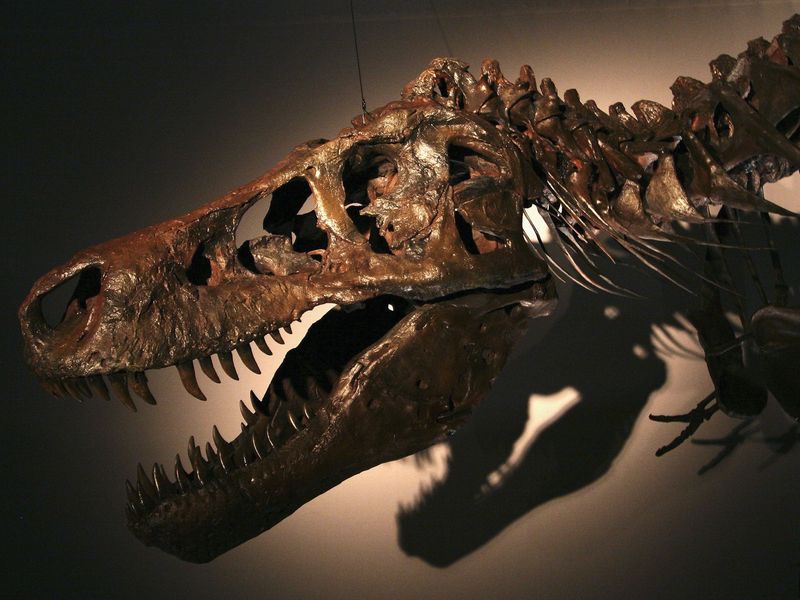
Georges Cuvier had already proposed extinction as a natural phenomenon, but dinosaurs dramatically expanded this concept. The sheer scale of dinosaur extinction forced scientists to consider worldwide catastrophes.
Geologists began searching for evidence of what could eliminate such dominant creatures. Some proposed massive volcanic eruptions, while others suggested climate change or disease. The mystery of dinosaur disappearance became a central scientific question, challenging researchers to imagine extinction events of unprecedented magnitude.
8. Challenges To Religious Beliefs
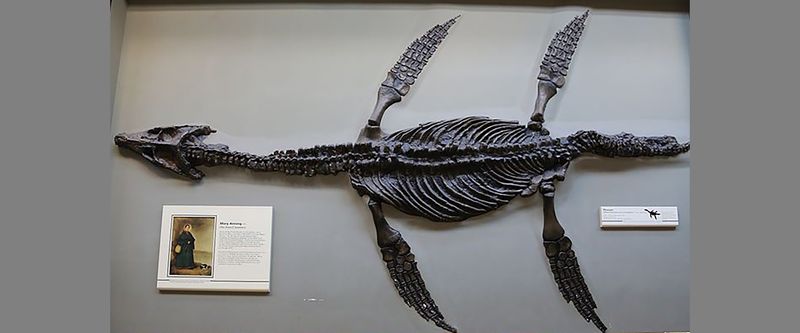
Clergymen who dabbled in geology faced spiritual crises when confronted with dinosaur evidence. How could creatures that lived millions of years ago fit into biblical timelines?
Reverend William Buckland of Oxford struggled to reconcile his faith with the fossils he studied. Some religious scientists proposed that dinosaur bones were animals that didn’t make it onto Noah’s Ark. Others developed the “gap theory,” suggesting unrecorded time periods between biblical creation days to accommodate Earth’s ancient history.
9. Public Fascination
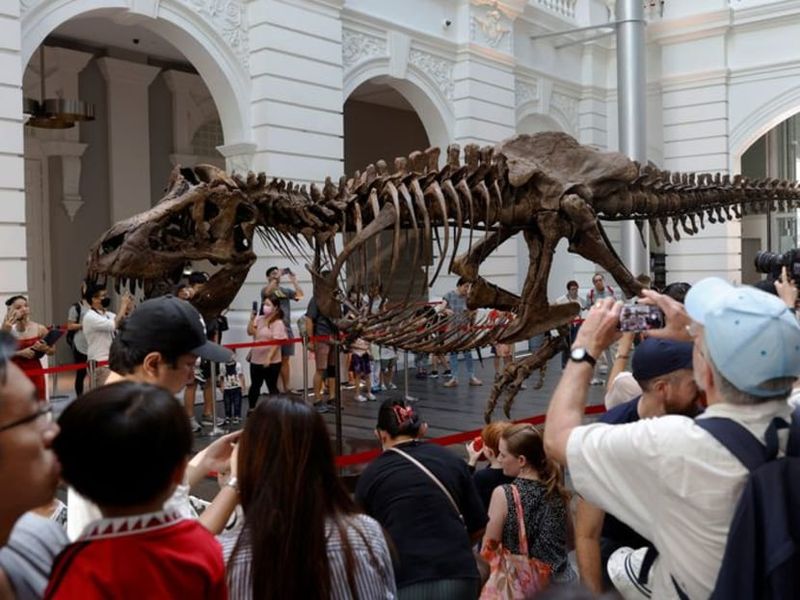
Dinosaur mania swept through Victorian society faster than anyone expected. Wealthy families hosted “dinosaur parties” where guests discussed the latest discoveries over dinner.
Children’s books featuring prehistoric monsters became bestsellers. Museums couldn’t keep up with public demand to see fossils. When the first complete dinosaur skeletons were mounted for display in the 1860s, lines stretched around blocks as people waited for hours to witness these magnificent testament to Earth’s mysterious past.
10. Comparisons To Modern Reptiles
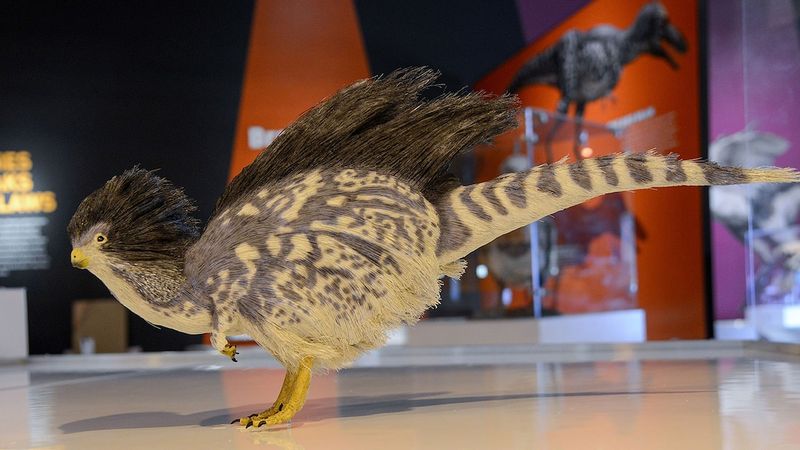
Early paleontologists obsessively studied living reptiles for clues about dinosaur biology. They dissected lizards and crocodiles, hoping to understand extinct giants through their modern relatives.
Thomas Henry Huxley was among the first to notice bird-like features in certain dinosaur fossils. This unexpected connection puzzled many scientists. Anatomical comparisons became increasingly sophisticated, with detailed studies of bone structure and muscle attachments helping researchers envision how dinosaurs might have moved and behaved.
11. Interest In Fossil Hunting
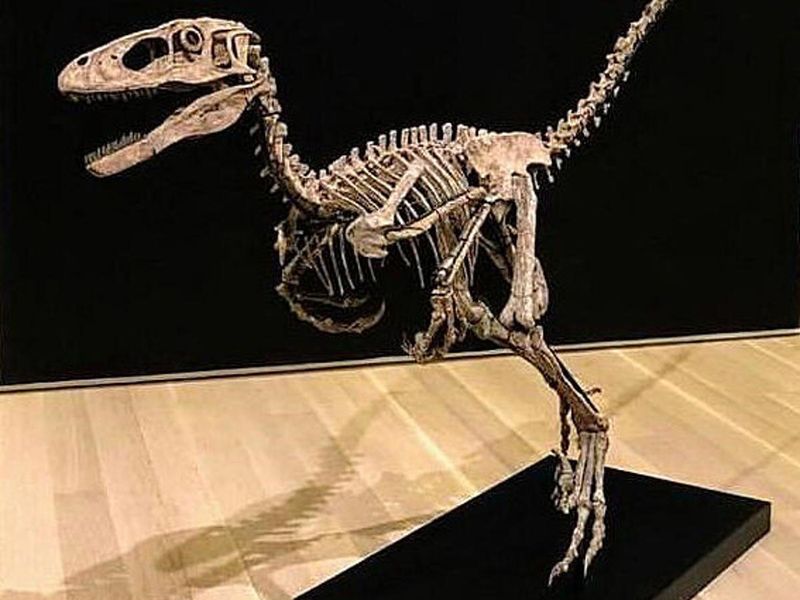
Amateur fossil hunters emerged everywhere after news of dinosaur discoveries spread. Farmers plowed fields with new attention, quarry workers examined every rock layer, and weekend enthusiasts combed beaches and cliffs.
Mary Anning, though she predated formal dinosaur classification, inspired generations of fossil hunters. Communities near productive fossil sites transformed their economies around the search. Local museums sprang up in small towns to display regional finds, creating a grassroots scientific movement that continues today.
12. The Role Of Technology
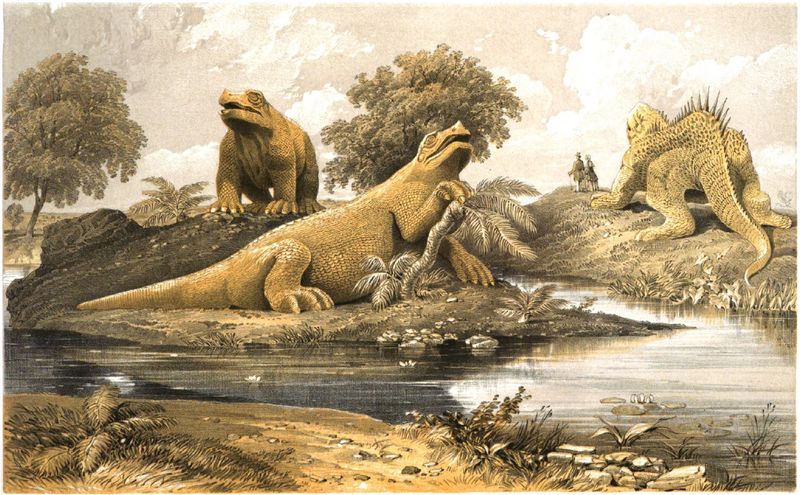
Advances in printing technology allowed detailed dinosaur illustrations to reach the masses for the first time. Hand-colored lithographs brought these creatures to life in scientific publications and popular magazines alike.
Photography later revolutionized fossil documentation. New tools for excavation, preservation, and transportation enabled more complete specimens to reach laboratories intact. Telegraph communications meant discoveries could be announced worldwide within days, accelerating the pace of dinosaur research and public awareness.
13. Formation Of Paleontology As A Discipline
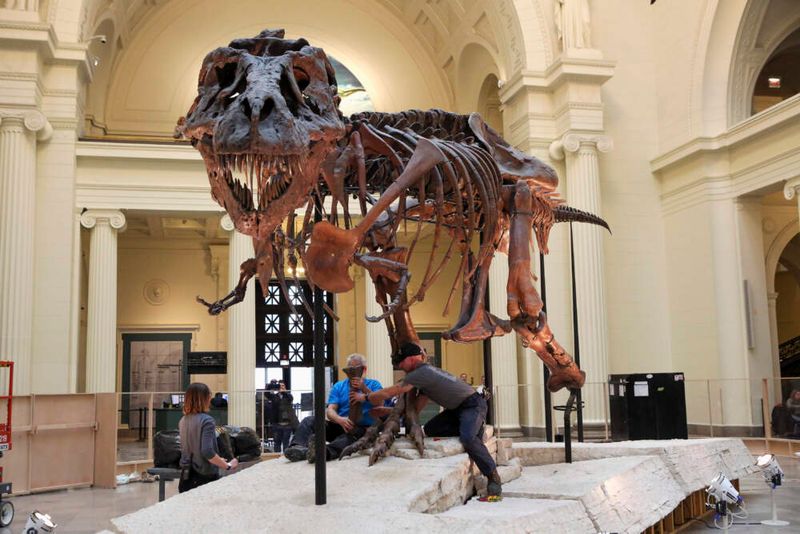
Universities scrambled to establish the first paleontology departments as dinosaur fever spread. Previously, fossils had been studied by geologists or comparative anatomists as a sideline to their main work.
Specialized journals dedicated to fossil studies appeared in the late 19th century. Museum curators created standardized methods for fossil preparation and display. The first generation of scientists who identified primarily as paleontologists, rather than as geologists or anatomists who studied fossils, established professional societies that set research standards.




